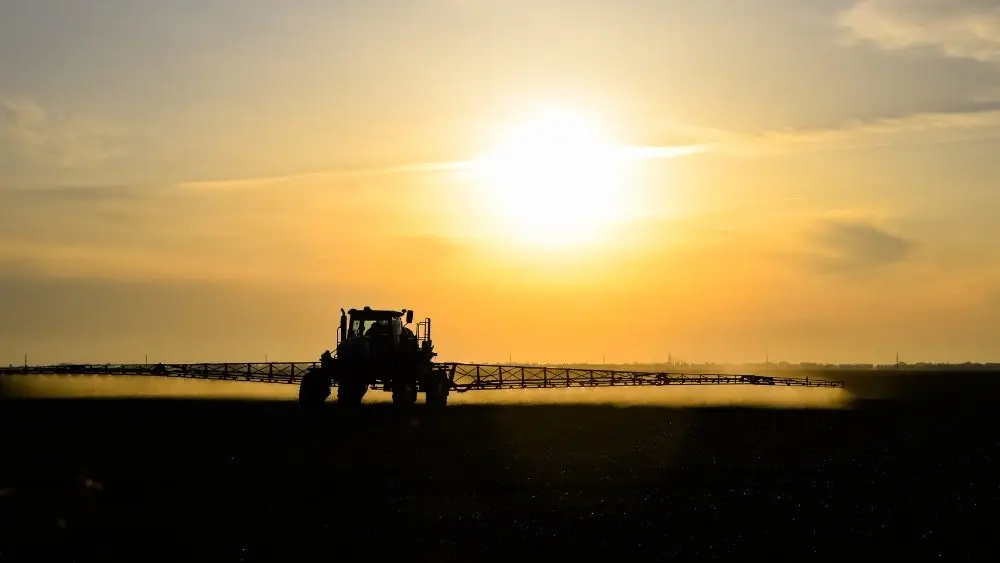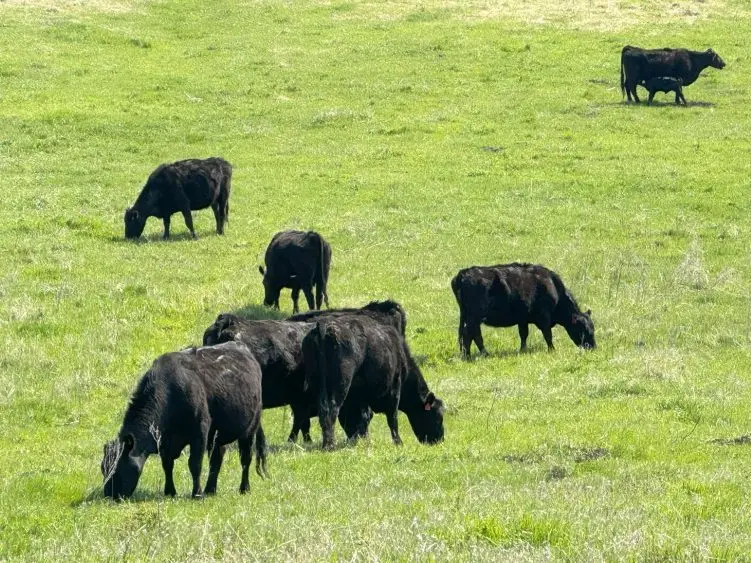
If 2025 had a word of the year, it would be “variability.” After favorable conditions around planting, many farmers are now encountering variable rainfall and heat stress as they get ready for harvest, says Brianna Gehrig, retail sales agronomist for Brevant® seeds in Illinois. Before the busyness of fall sets in, here are three considerations Gehrig recommends farmers prioritize to get the most out of their harvest and prepare for 2026:
- Harvest Timing — To help establish a harvest game plan, farmers should be focusing on moisture management for optimal harvest timing. “Grain moisture at harvest impacts drying time and cost, as well as storage quality,” Gehrig says. “So knowing how harvest timing might play with physiological maturity is important. Farmers should tackle their fields of early maturing hybrids first, as they are going to dry down faster, especially with the warmer conditions.”
- Scout Fields — Gehrig recommends farmers pay close attention to disease and pest pressure. If farmers identify symptoms this fall, they can use that information to help determine which hybrids or varieties can provide improved defense next season. “The late-season rainfall and humidity made for ideal conditions for disease,” Gehrig says. “If farmers know their acres are prone to disease or even pests, that will help set the foundation for 2026 seed selection. For example, if farmers are planting a lot of corn-on-corn acres, understanding which fields had corn rootworm (CRW) pressure can determine if they need to be looking at Vorceed Enlist corn to overcome CRW damage.”
- Residue Management — For some farmers, harvest doesn’t mark the end of the season. Gehrig suggests farmers put an emphasis on residue management — whether it be chopping stalks, planting a cover crop or tillage — ahead of winter. “Fall fieldwork is important because it shortens the to-do list ahead of a busy spring,” Gehrig says. “Residue management is particularly important to get done now instead of later, as it can help make planting easier. Last year, we didn’t have much of a wet winter and the cornstalks didn’t breakdown as well. That made it difficult for soybean planting on rotated acres.”



